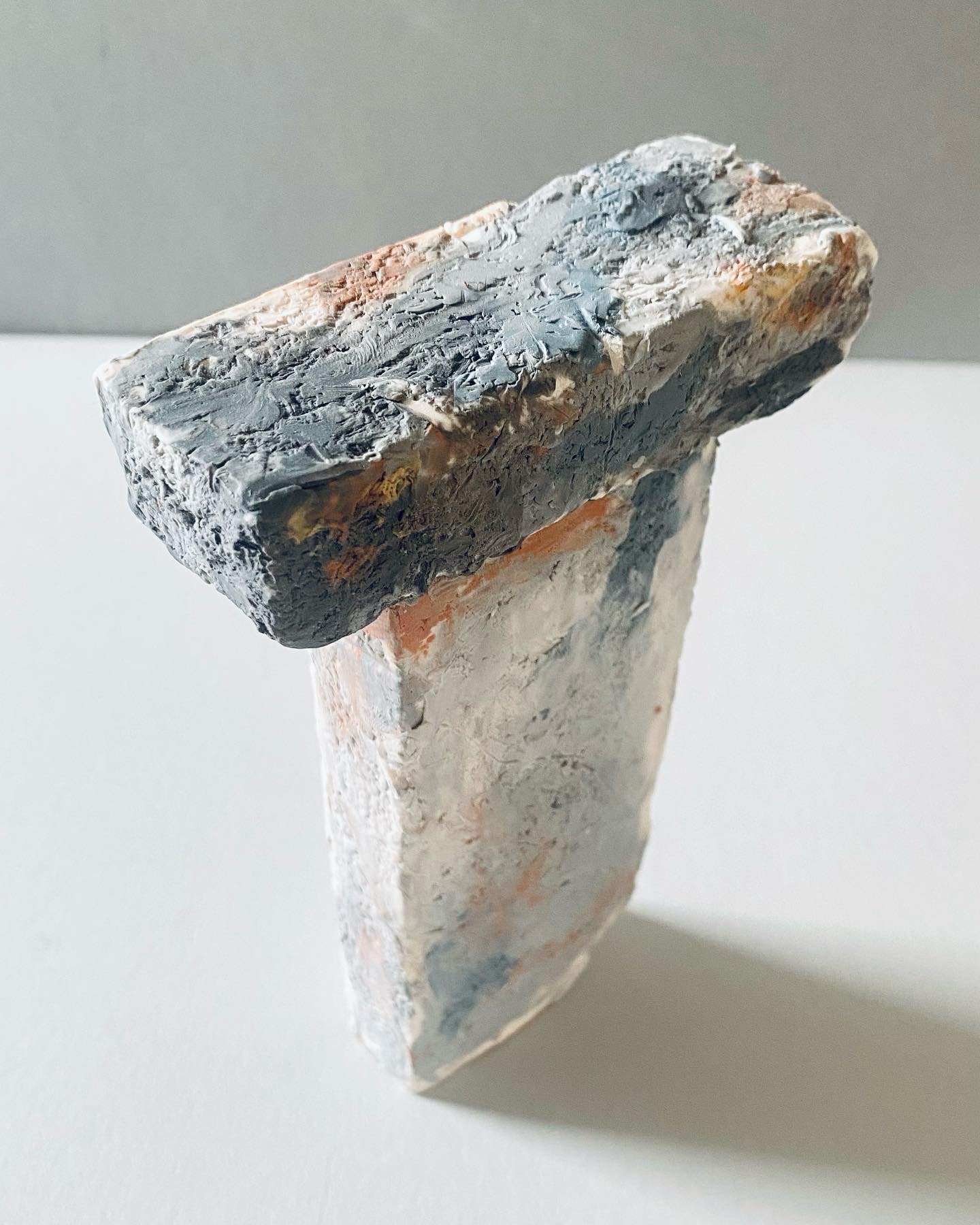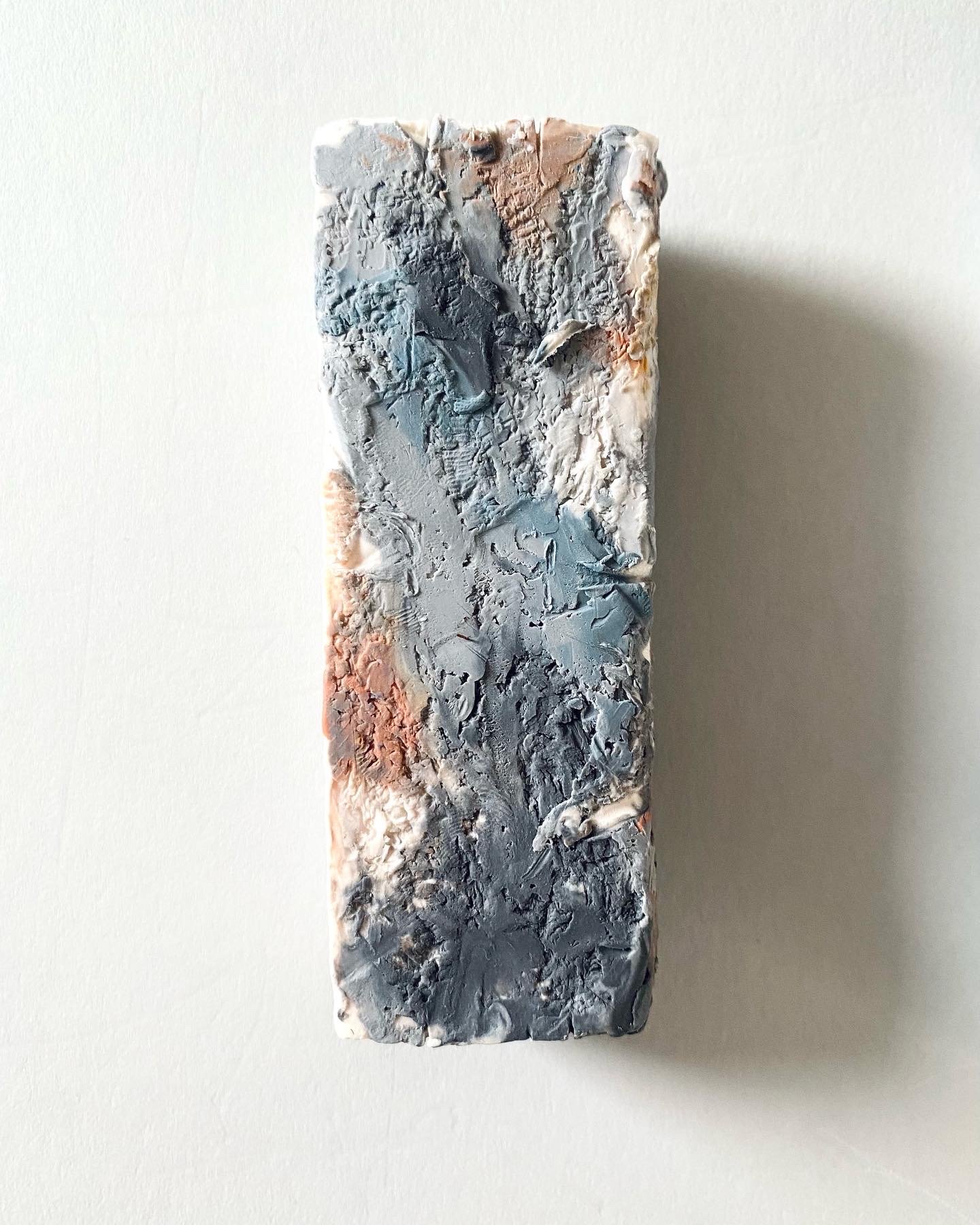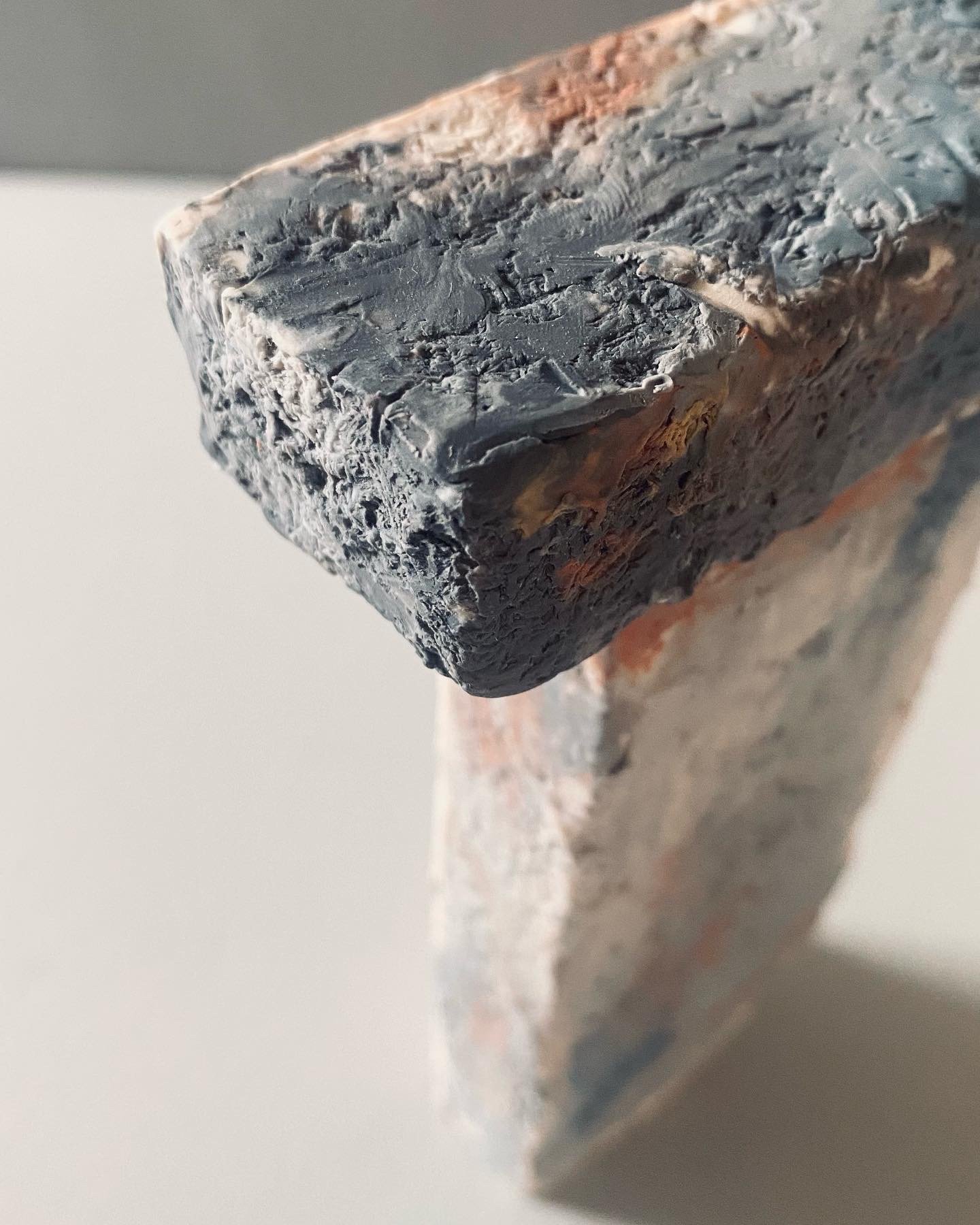Take a look at my artistic infographics, a different way of storytelling for National Geographic
Hannibal
This infographic is part of a cover which, together with the article, explains how Hannibal crossed the Rhone River with his army of elephants.
To create this illustration, I built a set with the animals transported on wooden rafts. I found a toy elephant and built on it the tower from which Hannibal would direct the operation. For the water, I painted cardboard paper and crumpled it to give it movement.
This issue also features an article about the creative process of my work for National Geographic > Check out
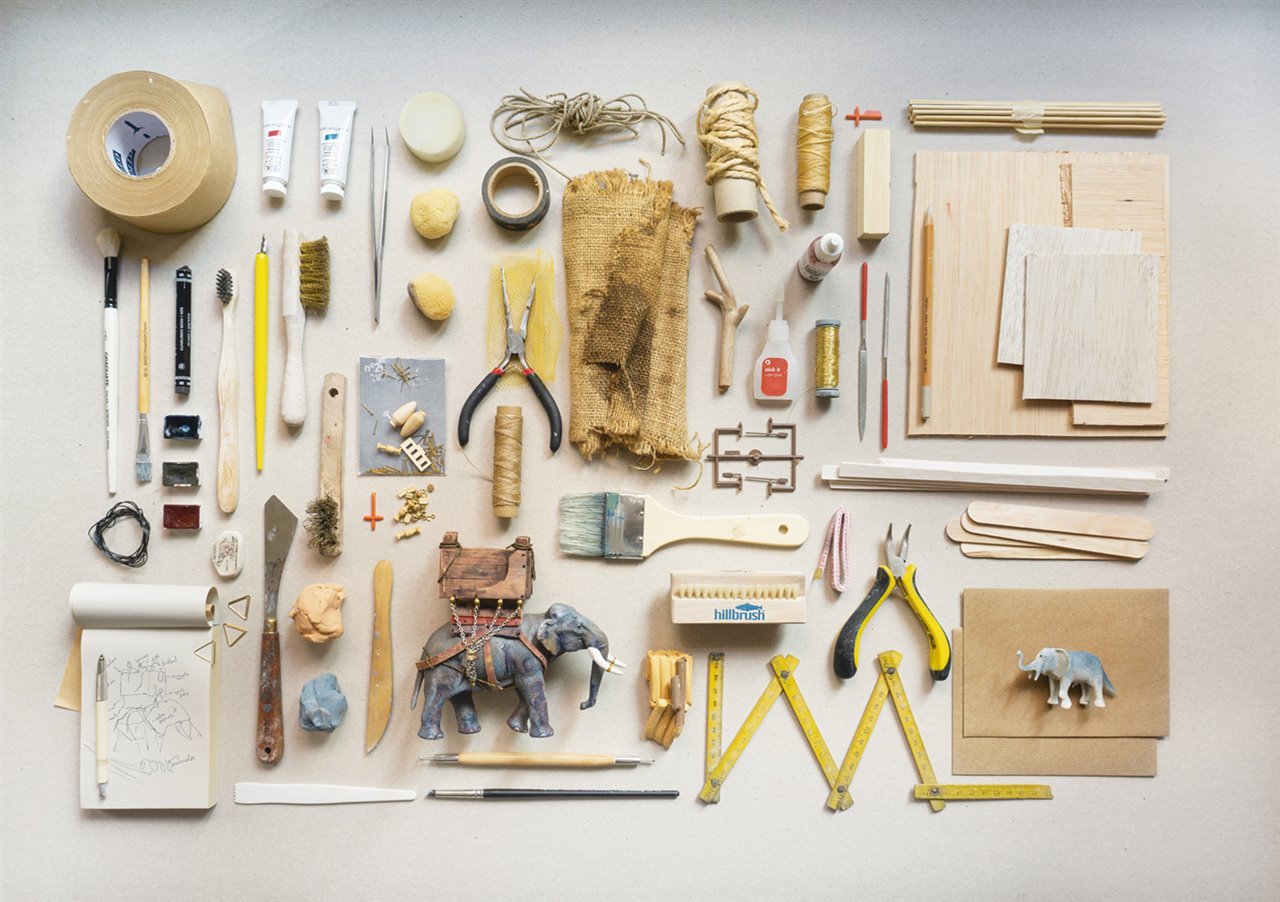

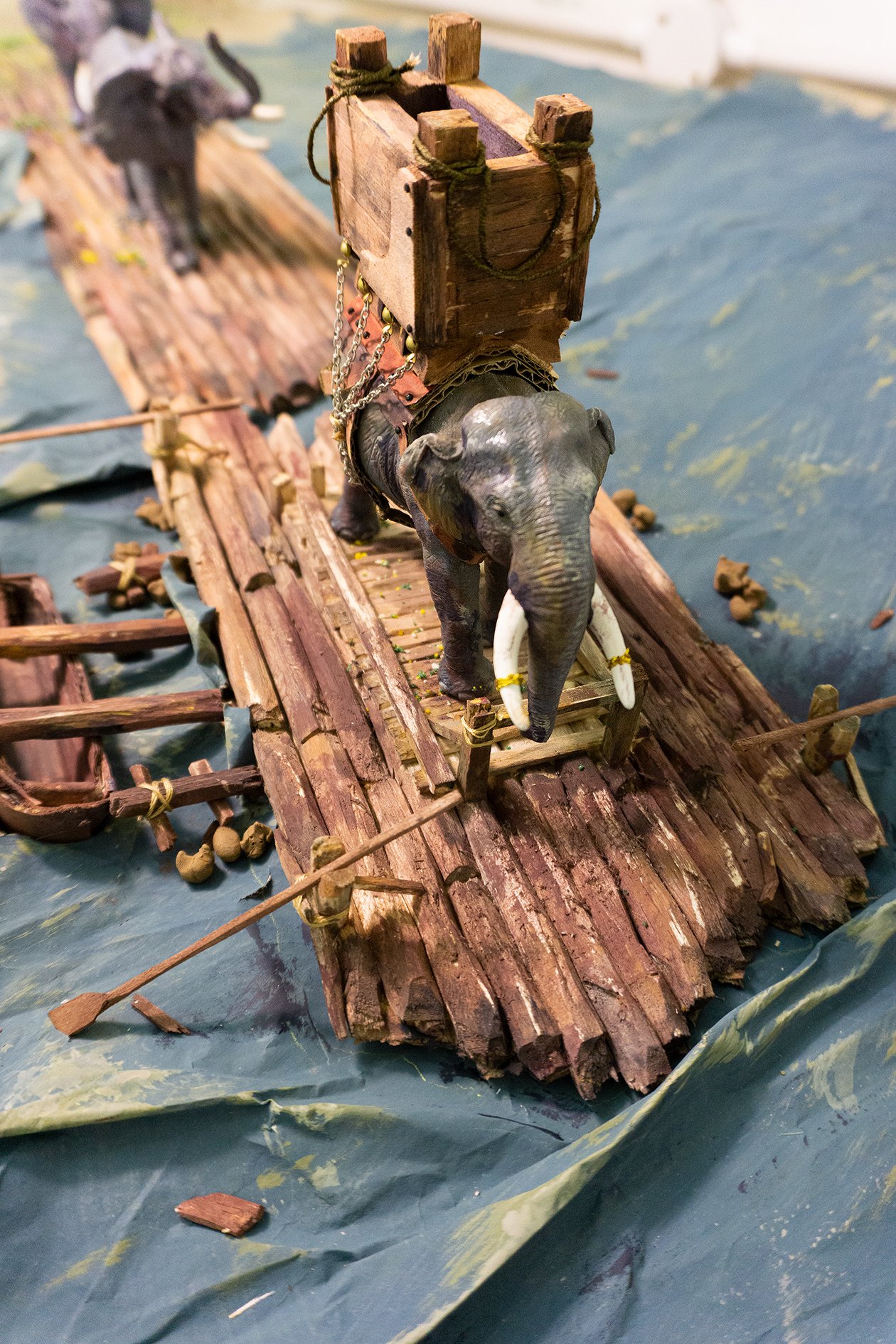
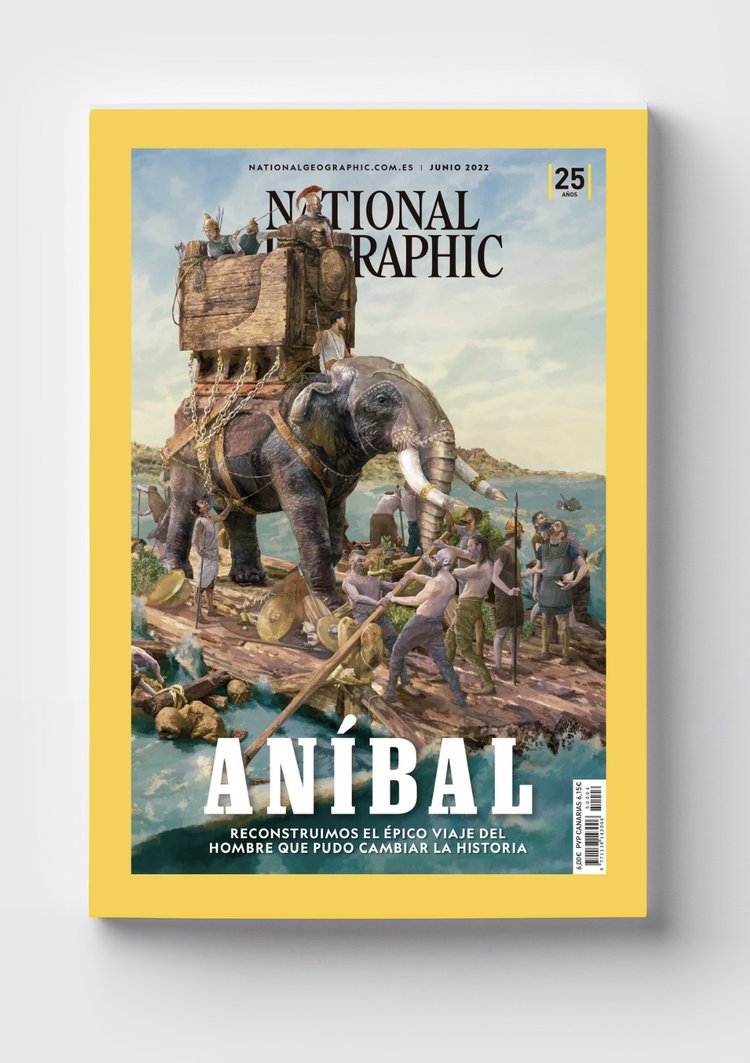
Ice balloon expedition
This project about the polar expedition carried out by three Swedish balloon engineers was my first infographic published by National Geographic in 2015.
On this expedition, everything went wrong from the beginning. Their goal was to cross the North Pole in a balloon designed for it. After four days of trying to stay aloft, crashing into the sea, and having lost most of its ballast, the frozen balloon landed on an ice floe in the middle of the Arctic Sea. For the next three months, they tried to drift across the ice, dragging a boat, sledges and hundreds of items unusable for an ice expedition. They were unprepared for a crossing on foot. The drifting ice sent them towards the island of Kvitøya. 30 years later, their remains were found, along with diaries and several rolls of film.
To understand what happened and to be able to tell the story, I built the balloon with its system of guide ropes and sails, from which it was intended to be piloted.
I also made a series of watercolor scenes from original photographs, which helped to complete the plot. This project consisted of two parts, printed infographics and interactive infographics.




The Great Tumulus
Infographic about the Great Tumulus, the burial mound at Vergina where the remains of Philip II of Macedon, Alexander the Great’s father, are buried.
In 1977, archaeologist Manolis Andronikos found remains supposedly belonging to Philip II. In 2015, a group of archaeologists questioned whether these remains belonged to Philip II. In this infographic I focus the information on the excavations carried out in the area of Vergina and show the contents of the tombs describing the remains found.
For this purpose, I made a model of the tomb with the upper part open, where the remains can be seen.



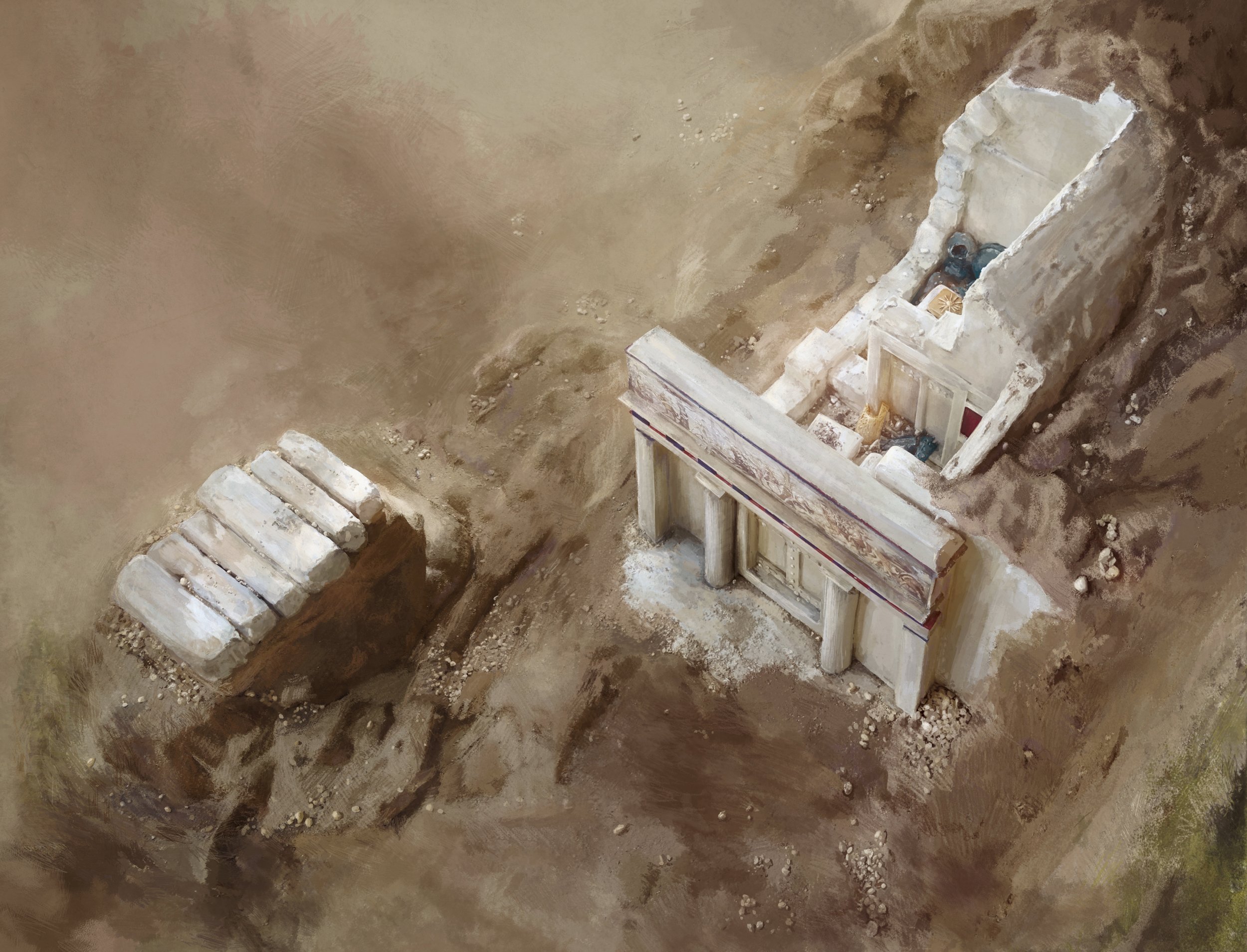
Magellan & El Cano: a journey around the globe
Infographic about the first circumnavigation of the Earth by the expedition of Ferdinand Magellan and Sebastian El Cano, between 1519 and 1522.
This 4-page infographic shows the entire expedition, highlighting the most important milestones of the voyage, such as the shipwrecks, the discovery of the passage to the South Sea, the Spice Islands... The idea of this fold-out was to resemble old-fashioned navigation maps. To do this, I made a map showing the route that Magellan took and that El Cano completed. Around the map, several illustrations are scattered to expand the information.
Sirio: Titanic of the Mediterranean
Infographic about the Sirio, an ocean trasatlantic that sank in the Mediterranean last century. I focus the information on the improvised rescue carried out by fishermen and other ships sailing in the area at the time of the shipwreck. In order to expand the story of the rescue, I added several maps of the area, a timeline of the shipwreck, information about the passengers and the structure of the ship. To create the scenario I built part of the main ship and some of the boats by recycling materials such as foam, wood, cardboard and fabrics.

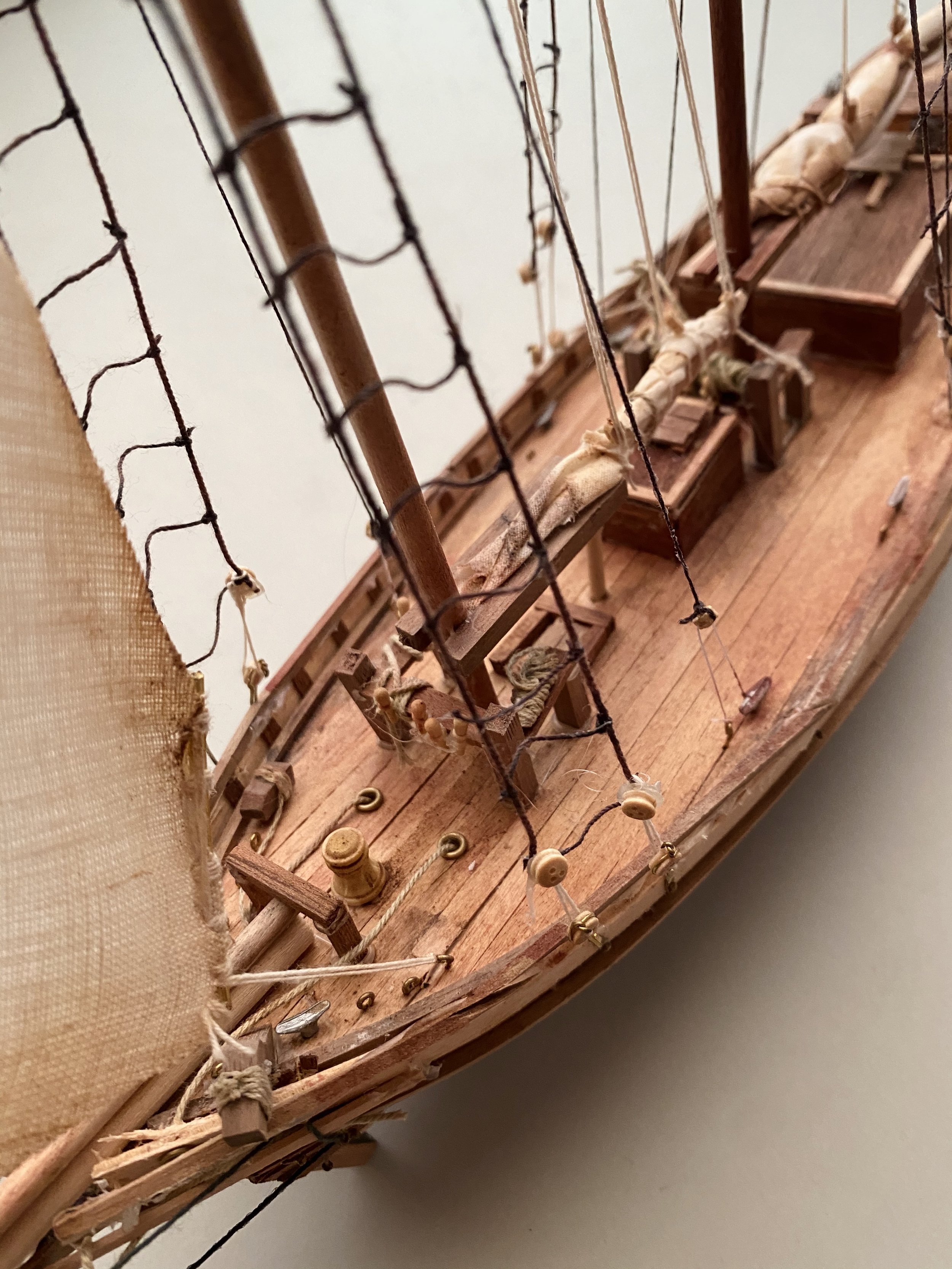
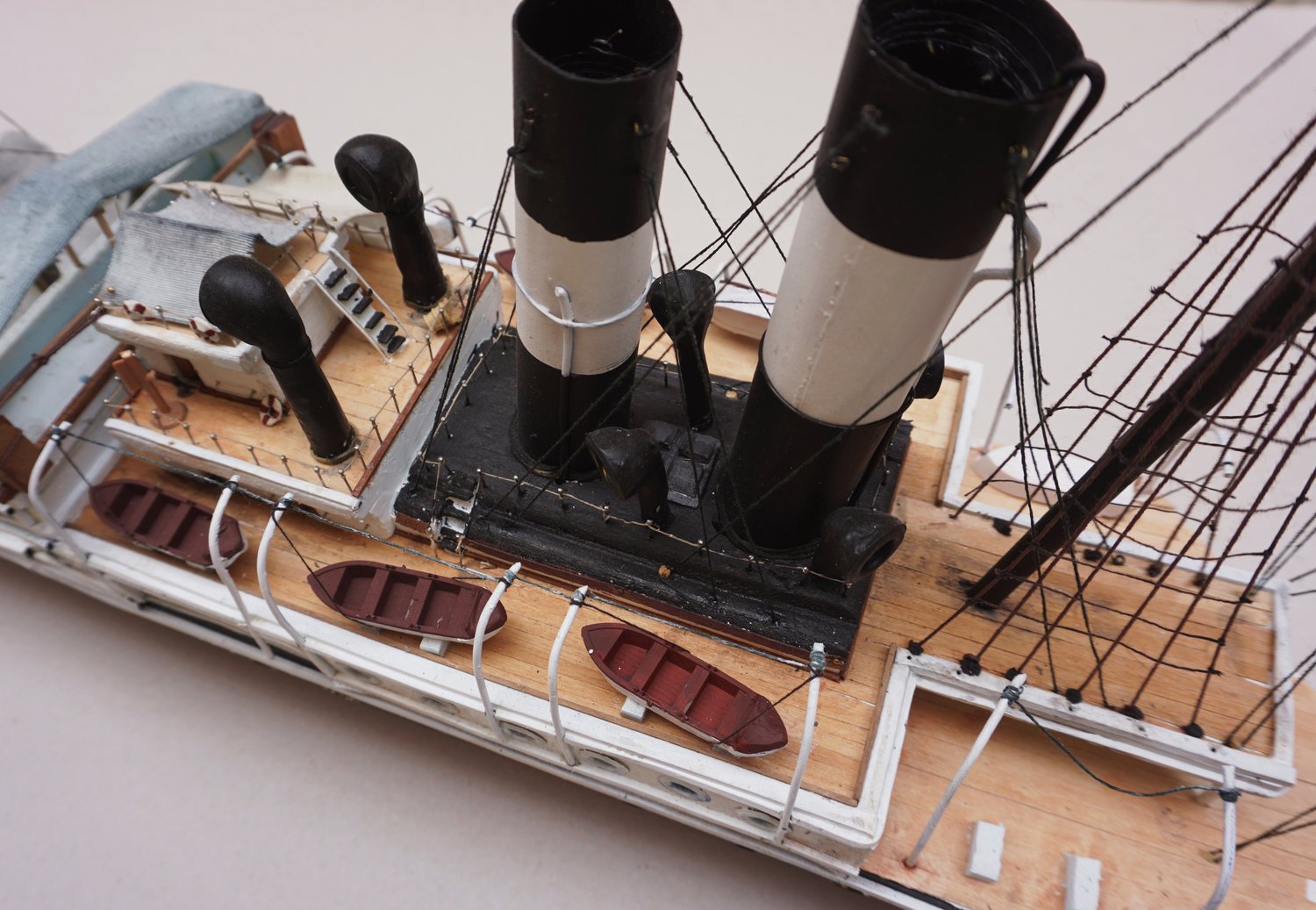
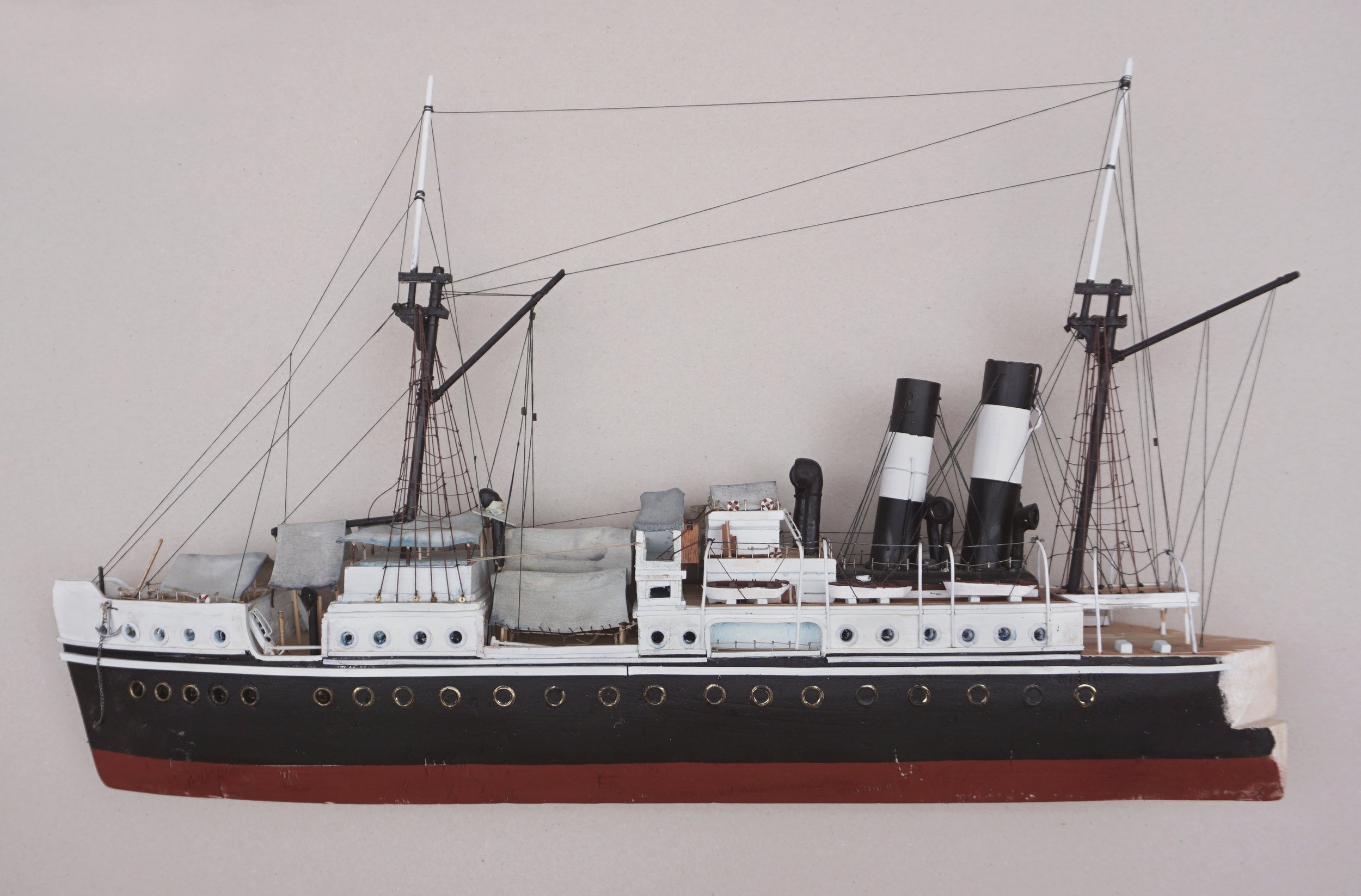
Roman funeral
Infographic about funeral rituals that usually took place when a wealthy Roman died. The article is about portraiture in ancient Rome, so I have focused the information on the process of wax masks. I have also created a detailed sequence of Caesar's funeral procession, between his house and the Roman Forum, and how the actors wore the masks of the ancestors.



Dovecot
Infographics about the dovecot, typical construction of Tierra de Campos, Spain. In this project, I explain its structure and functionality, which have remained unchanged throughout history. My intention was to build part of the structure so that the interior could be seen. I have created the dovecote with plasticine and wood.


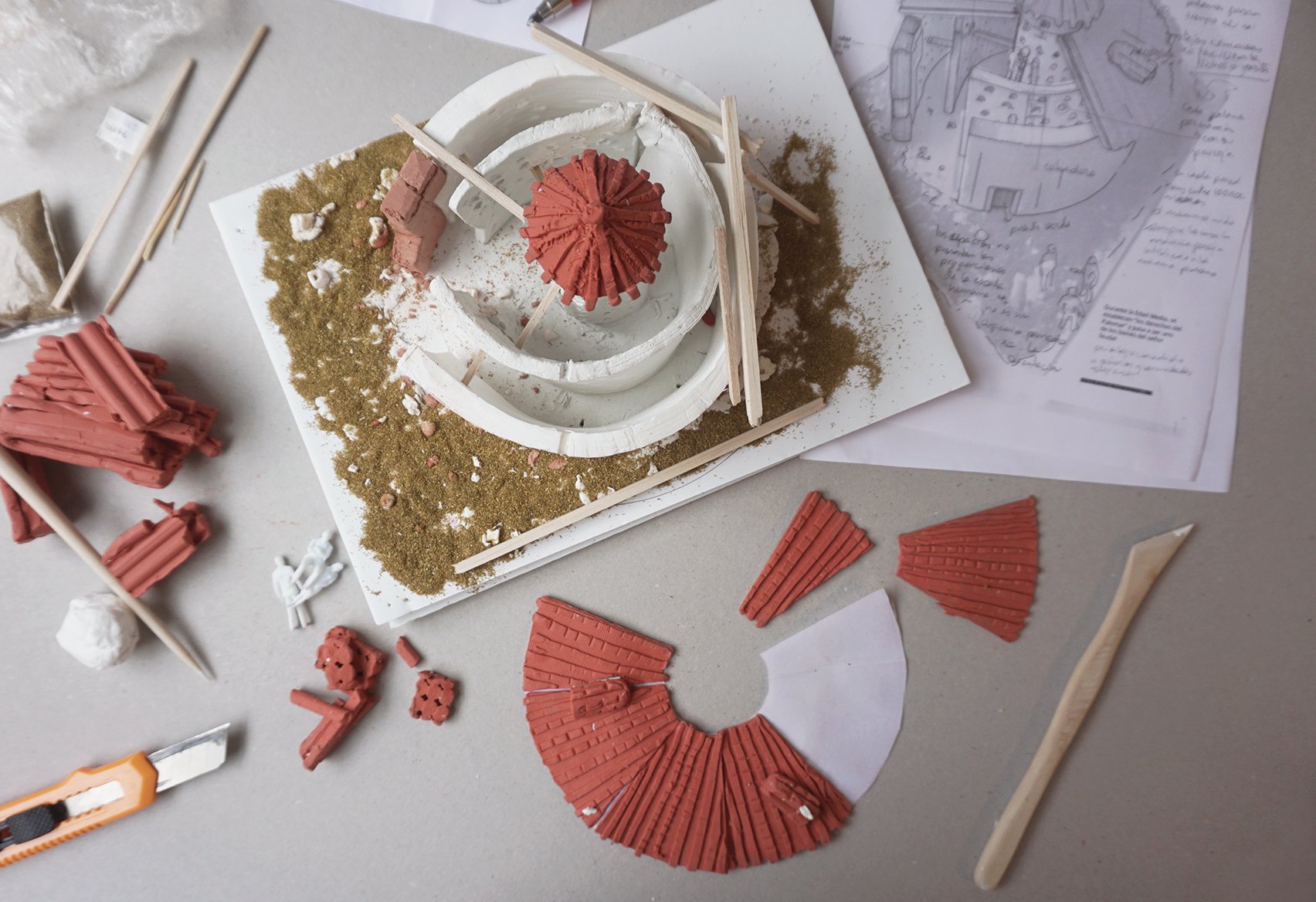

Dallol: a mineral garden
Infographics about the study of Dallol’s minerals formation in Ethiopia. This study was carried out by a scientific expedition coordinated by researchers from the Andalusian Institute of Earth Sciences that studied the boundary conditions under which life can develop. I focus the information on three minerals: salt eggs, salt flowers and water lilies, showing how they grow.
Pórtico de la Gloria
Infographics and illustrations about the Pórtico de la Gloria of Santiago Compostela Cathedral and its original polychromy. The Portico was sculpted between 1168 and 1188 by the architect and sculptor Master Mateo. He was in charge of a group of experts who built and polychromed the portal. This illustration shows the original medieval polychromy. The second infographic shows a work-table where the painters and artisans created the color pigments.
Boudica
Illustration for the cover of National Geographic History about Boudica, Queen of the Celtic Iceni tribe, who fought against occupying Roman forces. This illustration shows the moment after her army destroyed the capital of Roman Britain.
In order to create a portrait of Boudicca, I researched historical documents for details about her features, clothing and possessions.
The author Cassius Dio, wrote a description of her figure: “...a terrible disaster for the Romans occurred in Britain. Two cities were sacked, eighty thousand of the Romans and of their allies perished, and the island was lost to Rome. Moreover, all this ruin was brought upon the Romans by a woman, a fact which in itself caused them the greatest shame....But the person who was chiefly instrumental in rousing the natives and persuading them to fight the Romans, the person who was thought worthy to be their leader and who directed the conduct of the entire war, was Boudica, a Briton woman of the royal family and possessed of greater intelligence than often belongs to women....In stature she was very tall, in appearance most terrifying, in the glance of her eye most fierce, and her voice was harsh; a great mass of the tawniest hair fell to her hips; around her neck was a large golden necklace, and she wore a tunic of divers colours over which a thick mantle was fastened with a brooch. This was her invariable attire (Roman History, LXII.1-2). “
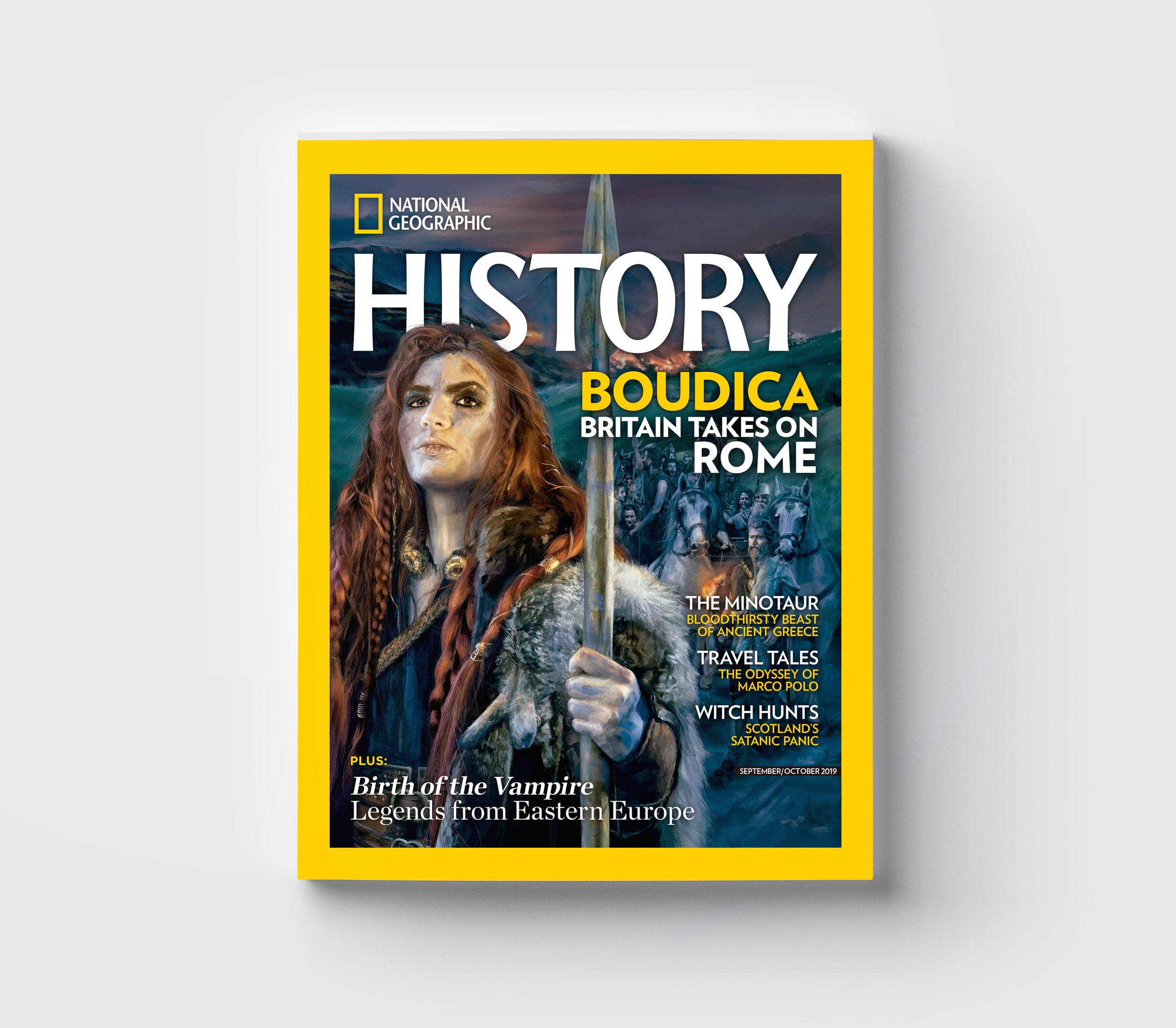

Guanche mummies
Infographic and illustration about the guanches mummies and the study carried out to find out the origin of the inhabitants of Tenerife.
The first infographic talks about the North African origin of the first inhabitants of the island. To do so, I have made several illustrations of some of the elements in common that the Canary Islanders would have had with North African populations.
The second infographic talks about the process of embalming a deceased person and the rituals that were carried out.


Taula
A taula is a megalithic stone monument formed by two huge stones on the island of Menorca.
For this issue of National Geographic, I made an illustration of their construction process. To use it as a reference in the drawing, I created two stone blocks with clay, trying to find the texture of the stone, adding strokes and shades with different colors.
